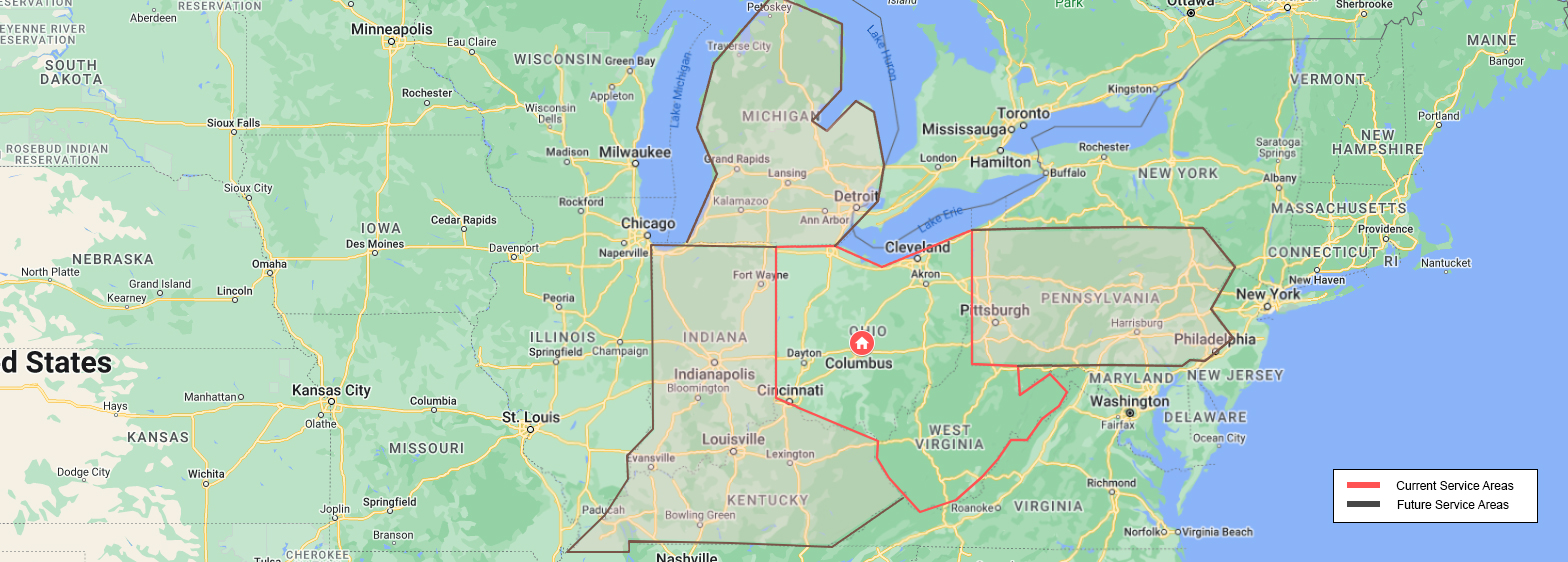





Environmental Pest Management is the largest and fastest-growing pest management company, serving multi-family properties in Ohio, West Virginia, Kentucky, Michigan, and Indiana. Additionally, we offer residential pest control services within central Ohio.
Exceptional Service
Family-owned and operated for over 20 years, we believe EVERY client deserves an exceptional customer experience. We strive to always be there for you when you need us.
More Than Technicians
Our pest control technicians at EPM are armed with smart technology, the skillset to solve pest challenges, and the knowledge to think quickly on their feet. We are recognized for our in-house technician training programs and for having the best of the best on our team.
PestGenius
Our proprietary platform, PestGenius, provides Property Managers with real-time, comprehensive data and insights about their pest management programs — saving time, optimizing resources, and anticipating problems before they happen.
Whether you require commercial services in Ohio, West Virginia, Kentucky, Michigan or Indiana, or residential pest control services within central Ohio, EPM has you covered. Schedule your free inspection by calling (614) 771-8605!
Why Choose Us?
Local and Trusted
Same Day Response
Certified Technicians
Smart Technology

Property Managers
Easy scheduling and real-time reporting with EPM’s proprietary Work Order System.

Commercial Customers
Protect your tenants, employees, customers and assets with customized programs and unmatched service.

Residential Customers
Rest easy. EPM’s compassionate care team will handle everything, from scheduling to treatment.

- Obetz
- Pataskala
- Pickerington
- Plain City
- Powell
- Reynoldsburg
- Sunbury
- Upper
Arlington - Westerville
- Whitehall
- Worthington

